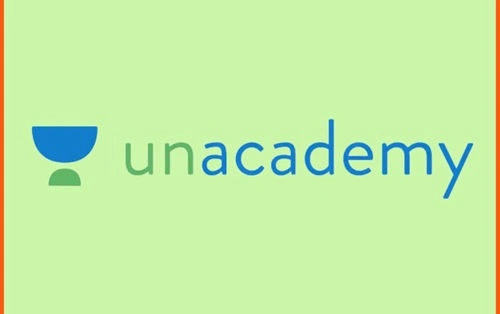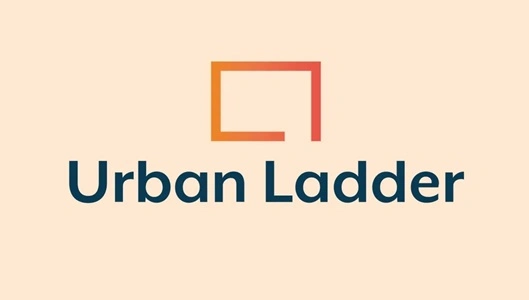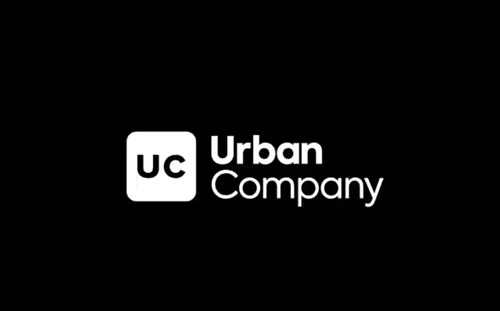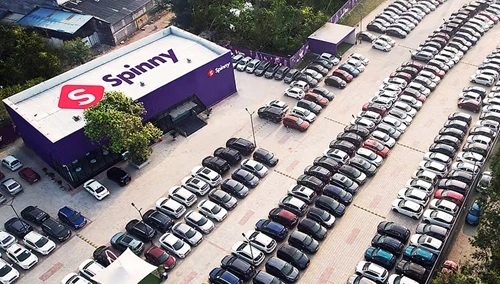Indian Railway Catering & Tourism Corporation (IRCTC) is one of the unique public-sector companies that provides online railway ticketing, catering, travel, and tourism services, as well as packaged drinking water services. IRCTC was incorporated in 1999 to professionalize catering, hospitality, and tourism within Indian Railways. Over time, IRCTC has built a broad business model around it and started offering multiple services for diverse revenue sources.
Most people think that IRCTC makes money through ticket sales; however, it’s not the whole truth. IRCTC has multiple points of sale for revenue. There are food and services on the train and at the station, tour packages, bottled water brand Rail Neer, and much more. With several services, IRCTC can generate stable revenue. When ticket sales slow down during some periods, the catering and tourism packages help in staying afloat instead of burning cash.
Here, we are discussing the IRCTC business model, how they make money, their revenue streams, and much more. Let’s get started:
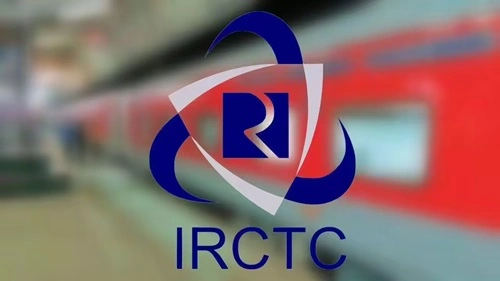
How is the IRCTC Business Model Structured?
IRCTC’s business model has four key pillars that help it diversify their income and ensure stable growth. The primary service is internet ticketing, second catering and hospitality, third tourism and travel, and the last one is packaged drinking water. These are the key sources where IRCTC sells tickets, and they have plenty of data to project sales in their other businesses. IRCTC also has one more well-structured program where they benefit heavily, through authorized agents. It has regulatory support and captive access (stations, trains) for catering, water outlets, etc.
| Company/Brand | Indian Railway Catering & Tourism Corporation Ltd. (IRCTC) |
| Establishment Year | 27 September 1999 |
| Headquarters | New Delhi, India |
| Founder/Owner | Government of India, Ministry of Railways |
| Industry | Internet Ticketing, Catering & Hospitality, Tourism & Travel, Packaged Drinking Water |
| Net Worth (2025) | ~₹ 570.5 – ₹ 581.9 billion (≈ US$ 6.7–7.1 billion) |
| Total Revenue 2025 | ~₹ 4,674.8 crore |
How Does IRCTC Make Money?
As mentioned earlier, IRCTC relies on multiple sources for stable wealth. The five primary sources that benefit IRCTC in their revenue are as follows –
1. Internet Ticketing
Online ticketing and agent booking are the core revenue sources for IRCGC, where people can book tickets via the website and app. For each ticket, it charges a service fee or convenience charge. Also, authorized agents who book through IRCTC remit commissions or fees. The internet ticketing business has very high margins. In FY25, internet ticketing revenue was approximately ₹ 1,426 crore, with ~82% EBITDA margin.
2. Catering and Hospitality
Over time, IRCTC has expanded its catering and hospitality business, where it runs food service on board trains through pantry cars or base kitchens. There are station refreshment rooms and a food plaza at most railway stations. You can also find vending machines, e-catering systems, and similar products related to their catering business. This side of IRCTC has helped them generate about ~₹ 2,125-₹- ₹ 2,100 crores in FY25. Even though margins are lower, since food costs, supply chain, wastage, labour, etc. are big cost items, IRCTC still makes revenue through sale volumes.
3. Packaged Drinking Water
People traveling from one location to another usually end up needing more water in their journey, and IRCTC fulfils this gap through their affordable water bottle business, Rail Neer. It bottles and sells drinking water at railway stations and on trains. It operates many plants across India. This business gives consistent, low-ticket revenue but with decent margins. In FY25, Rail Neer contributed about ₹ 394 crore in revenue.
4. Tourism and Travel
For people who are going on vacation and want a hassle-free experience, there are tour packages for them. IRCTC offers tour packages and charters along with special tourist circuits, inbound tourism, hotel booking, and much more. Through this line of their business, they have generated about ₹744 crore of revenue in FY25.
5. Operational Efficiency and Monopoly Advantages
IRCTC has several built-in advantages that make it easy for it to make money and improve operational efficiency, with a monopoly being a clear example. Many services are near-monopolies under Indian Railways, like online ticketing, catering rights, access to station premises, water distribution, etc. Regulatory approvals help. Also, many costs are fixed or semi-fixed (infrastructure, base kitchens, plants).
Financial Performance
In FY25, IRCTC’s booked revenue from operations was about ₹4,674.77 crore, and it was up by ~9.73 % over FY24. Secondly, the net profit or PAT in FY25 is about ₹1,314.90 crore, and it is up by ~18.34 percent. IRCTC is getting advantages from operational efficiencies, which have helped in making more revenue than last year.
What’s New in 2025?
IRCTC is expanding, and it has also achieved Navratna status in 2025, which brings more operational autonomy. Ticketing continues to scale, especially internet booking and service charges; premium tickets (AC classes, Tatkal, etc.) help revenue. Also, convenience from digital adoption increases usage.
